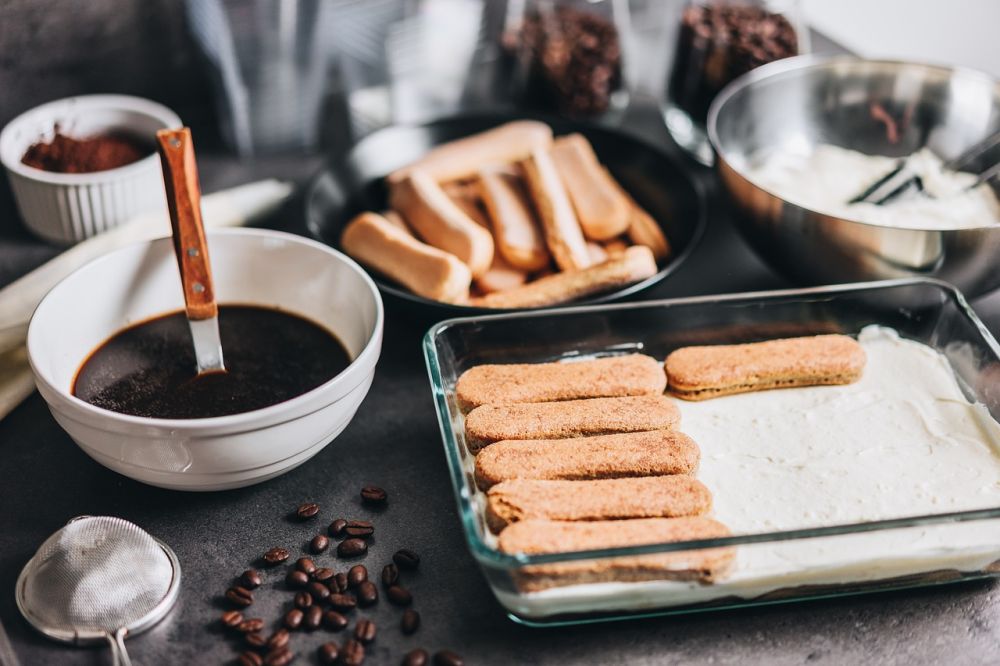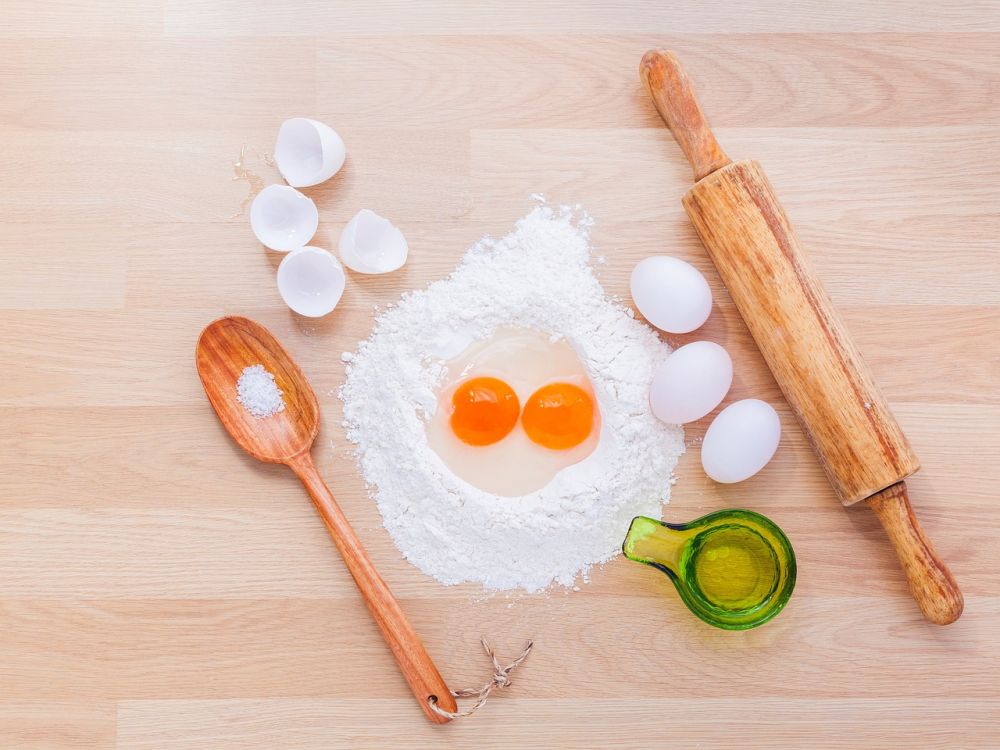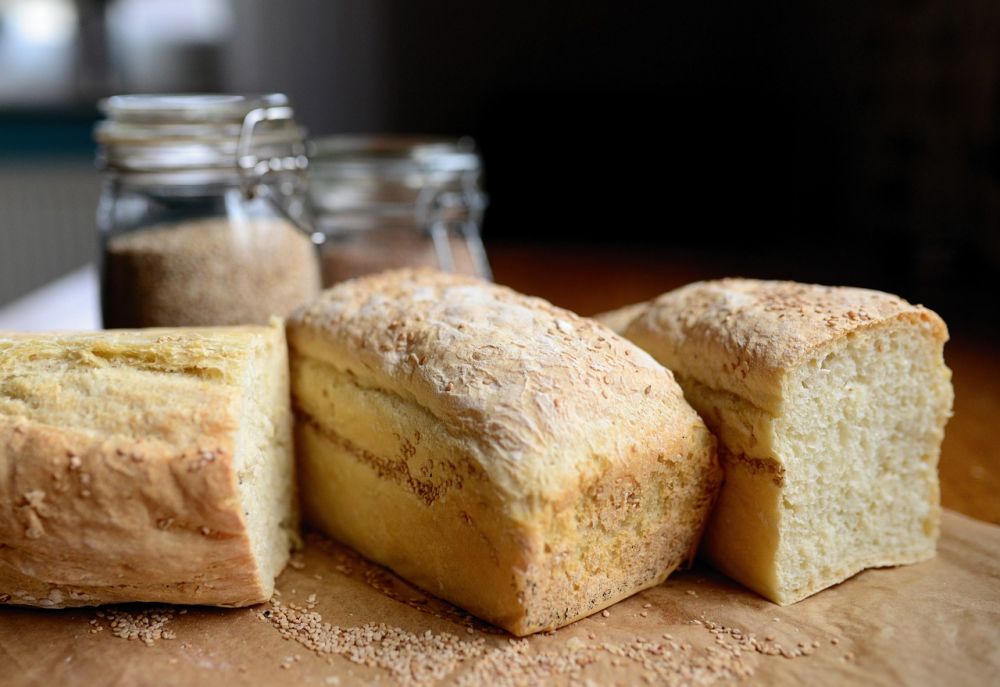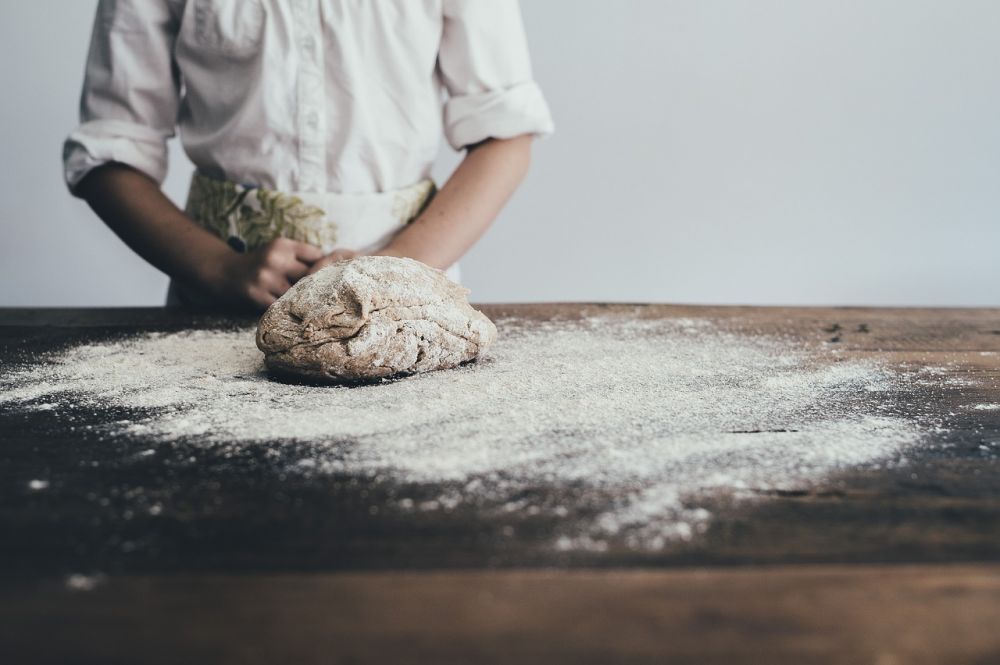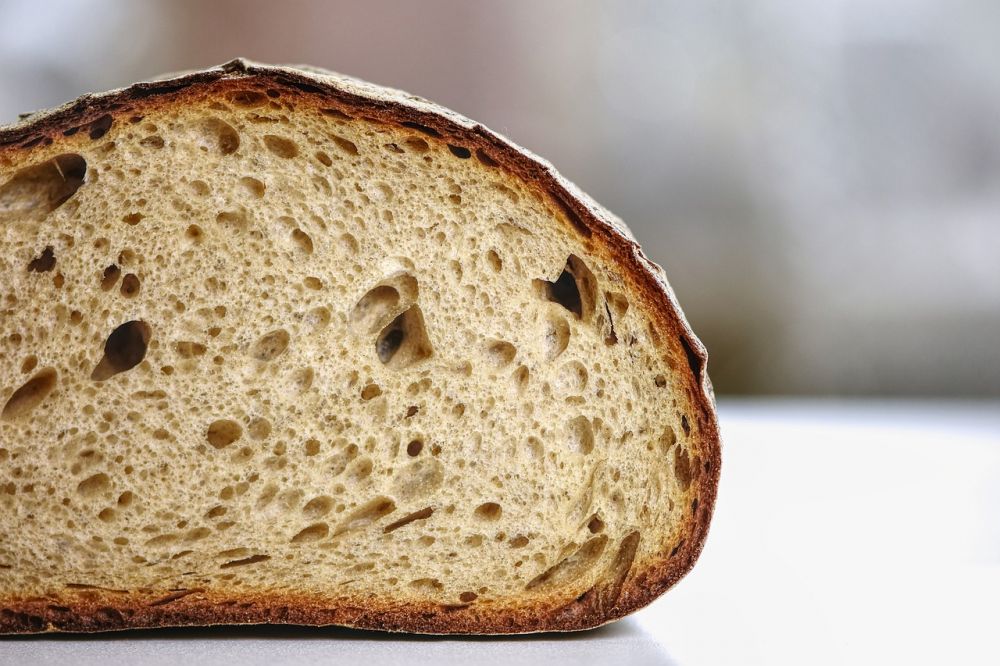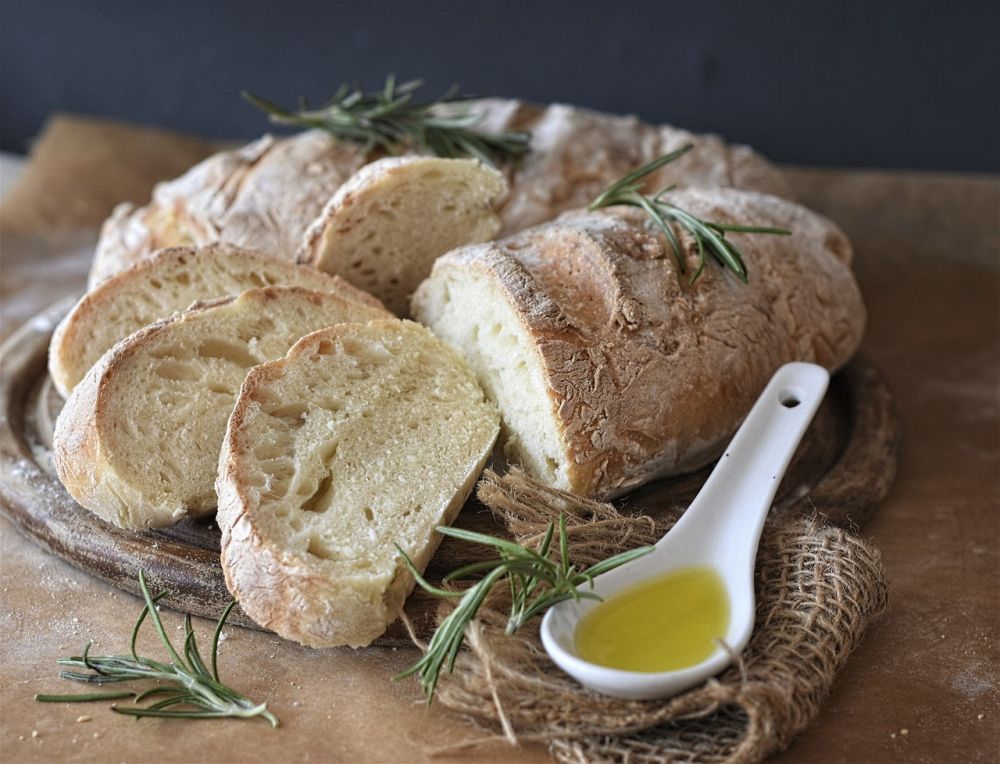Baking Lefse: A Comprehensive Guide to the Traditional Scandinavian Flatbread
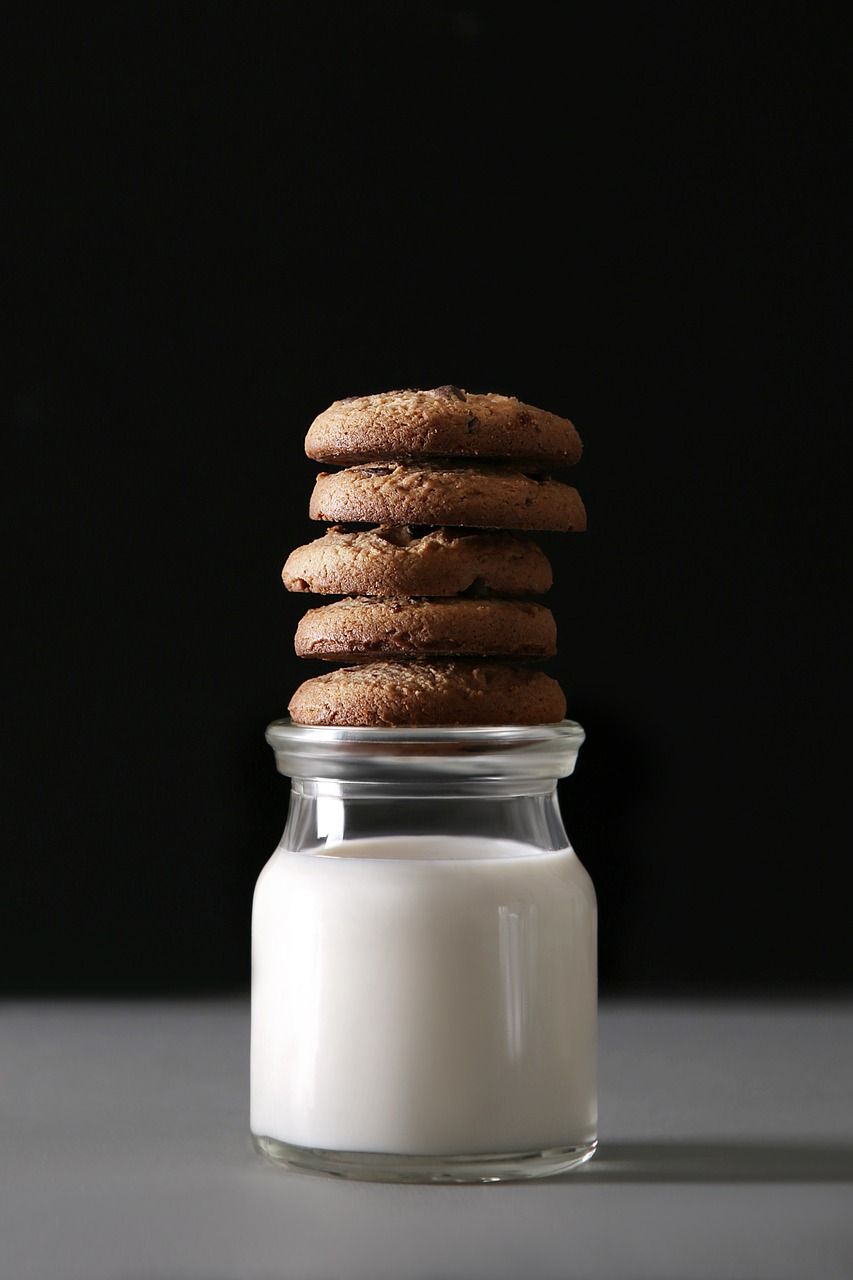
Introduction
Baking lefse, a traditional Scandinavian flatbread, is an art that has been passed down through generations. This article aims to provide a detailed overview of the process, various types, popular variations, and historical significance of baking lefse. Whether you are a beginner or an experienced chef, this comprehensive guide will equip you with all the necessary knowledge to create delicious and authentic lefse.
I. A Brief Overview of Baking Lefse
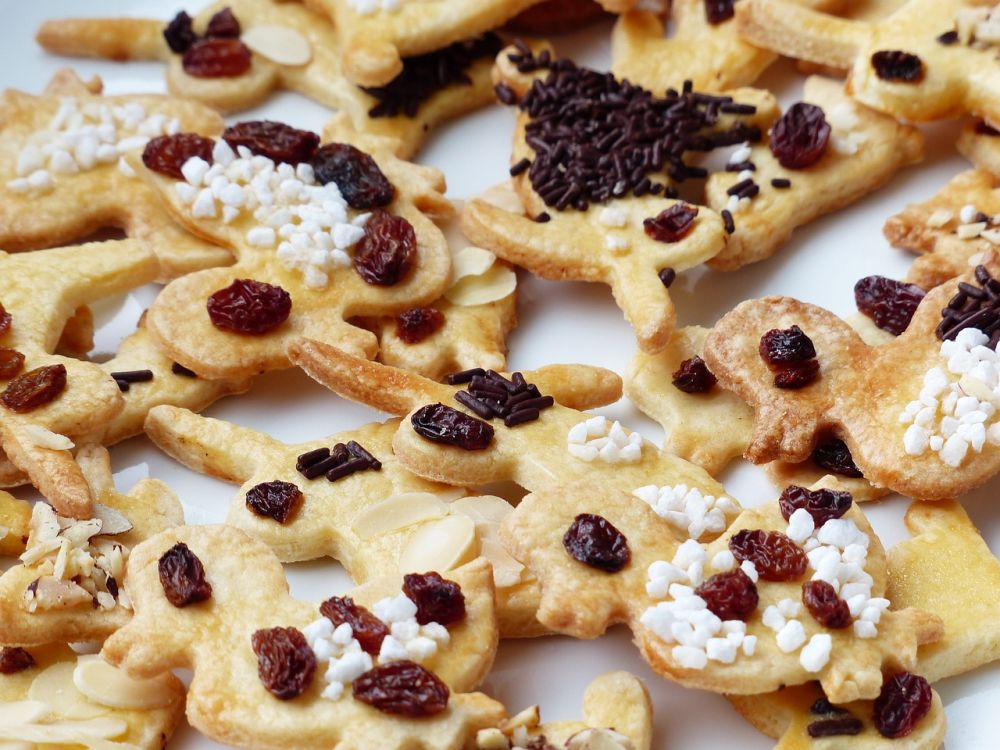
Baking lefse involves a simple yet meticulous process of rolling out potato-based dough to create thin, soft, and flexible flatbreads. Lefse is popular in Norway, Sweden, and other Scandinavian countries and is often enjoyed during festive occasions such as Christmas. Traditionally, lefse was cooked on a griddle or a special lefse grill, but modern variations use electric lefse grills or even standard stovetops.
II. Types and Variations of Lefse
Lefse comes in various forms, each with its unique characteristics and flavors. The two primary types are the Norwegian lefse and the Swedish tunnbröd. Norwegian lefse is made with riced or mashed potatoes, flour, butter, cream, and sugar, resulting in a sweet and rich flatbread. On the other hand, Swedish tunnbröd is thinner and contains only rye flour and water, giving it a more rustic and nutty taste.
Popular variations of lefse include:
1. Rømmegrøt Lefse: This variation incorporates rømmegrøt, a traditional Norwegian sour cream porridge, into the dough, resulting in a tangy and creamy lefse.
2. Krumkake Lefse: Krumkake lefse is a sweet variant that includes cardamom and sugar in the dough. It is often rolled into a cone shape and filled with whipped cream and berries.
3. Lingonberry Lefse: Lingonberry lefse is a Swedish variation that combines the tartness of lingonberries with the softness of lefse. It serves as a popular accompaniment to savory dishes.
III. Quantitative Measurements in Lefse Baking
To ensure consistent results, precise measurements are crucial when baking lefse. The dough typically requires a specific ratio of potatoes, flour, and other ingredients. A common recipe may call for about 5 cups of riced potatoes, 2 cups of all-purpose flour, 1/2 cup of unsalted butter, 1/4 cup of heavy cream, and a pinch of salt. Adjustments can be made based on personal preferences or regional variations.
IV. Distinctions Between Different Types of Lefse
Despite sharing a similar purpose, Norwegian lefse and Swedish tunnbröd have distinct characteristics. Norwegian lefse is thicker, softer, and slightly sweet, while tunnbröd is thinner and has a more rustic flavor. The choice of ingredients and technique used in their preparation contributes to these differences. Additionally, regional variations within Norway and Sweden can further influence the characteristics of lefse.
V. Historical Background and Pros and Cons of Different Lefse Types
The history of lefse dates back centuries, and its popularity continues to endure today. The use of potatoes in lefse dough became prevalent in the late 18th century when potatoes were introduced to Scandinavia. This addition improved the taste, texture, and durability of the flatbread. Despite the variations, lefse remains a staple in Scandinavian cuisine, beloved for its versatility and ability to pair well with various toppings and fillings.
While the potato-based lefse offers a richer flavor profile, the simpler tunnbröd has advantages such as its storage longevity and suitability for wrapping around savory ingredients. Both types showcase their unique characteristics and have their dedicated fan bases.
Conclusion
Baking lefse is a cherished tradition among Scandinavian communities, enriching both cultural celebrations and everyday meals. This article has provided a detailed overview of the process, types, quantifiable measurements, distinctions, and historical significance of lefse. Whether you choose to savor the sweet and thick Norwegian lefse or the rustic and thin Swedish tunnbröd, the joy of baking and sharing lefse is a testament to the enduring culinary heritage of Scandinavia.
We hope this article has inspired you to embark on your own lefse baking journey, allowing you to immerse yourself in the rich flavors and traditions of Scandinavian cuisine. Happy baking!
